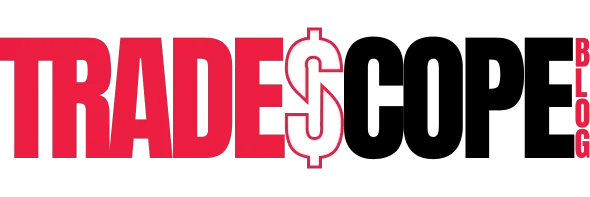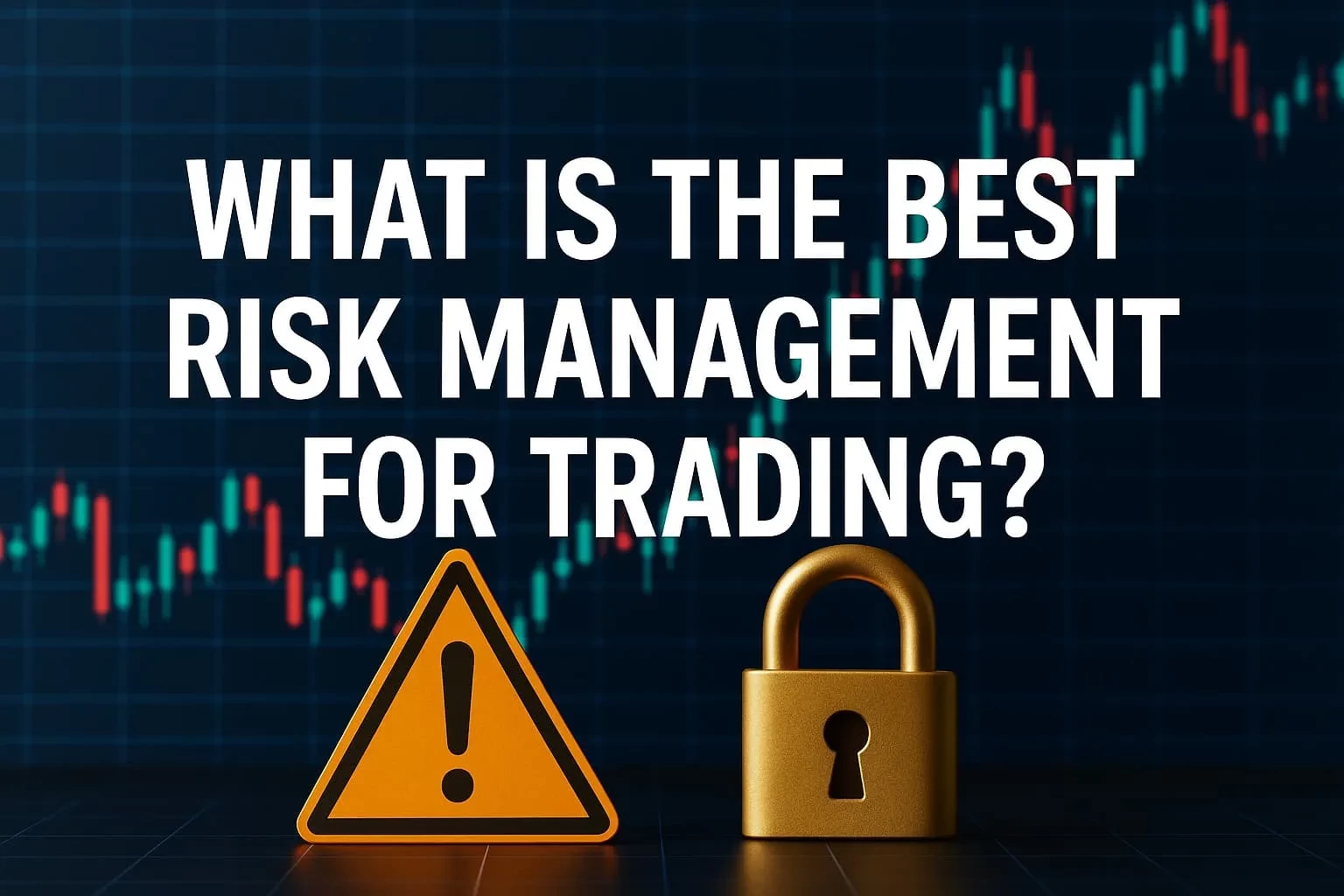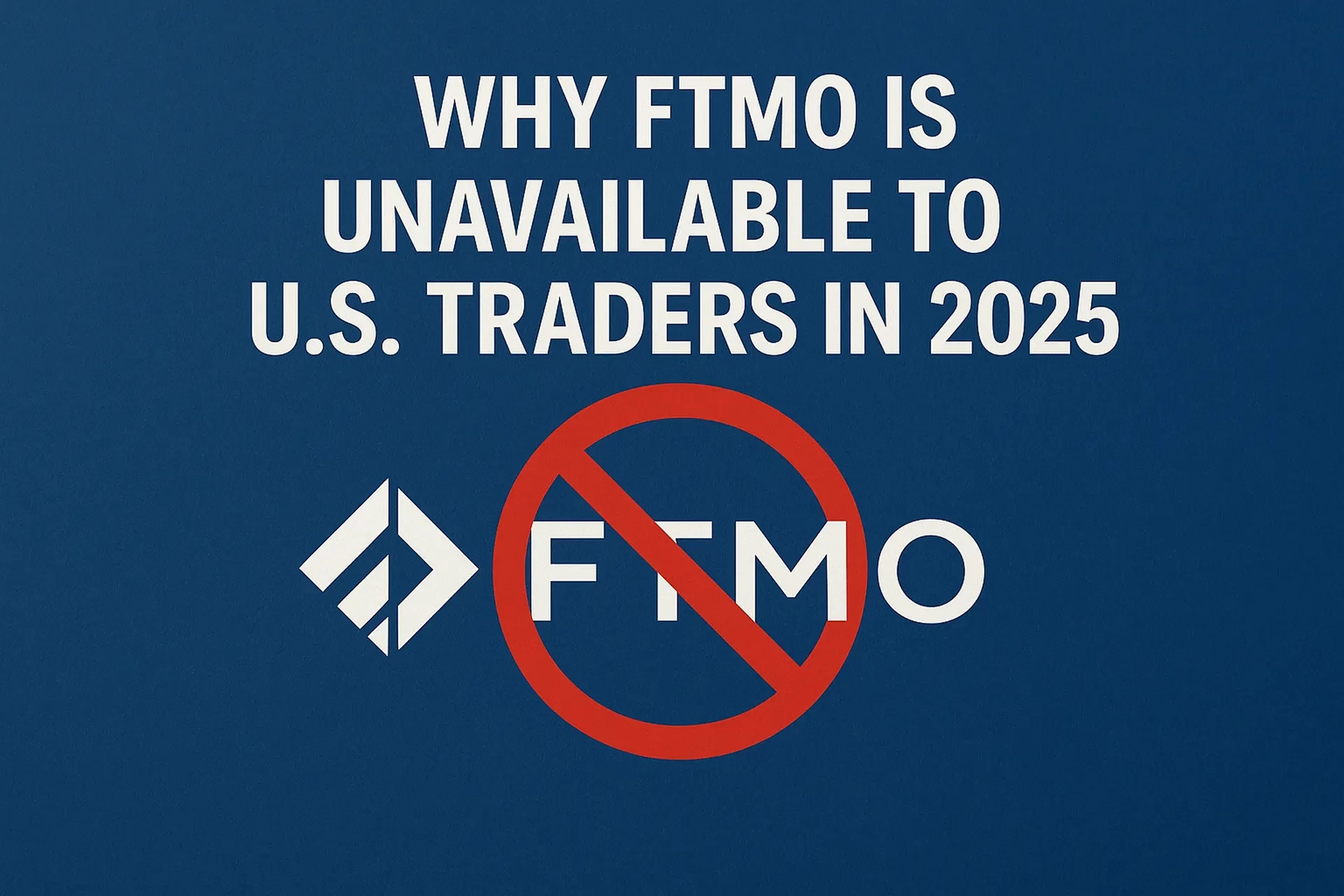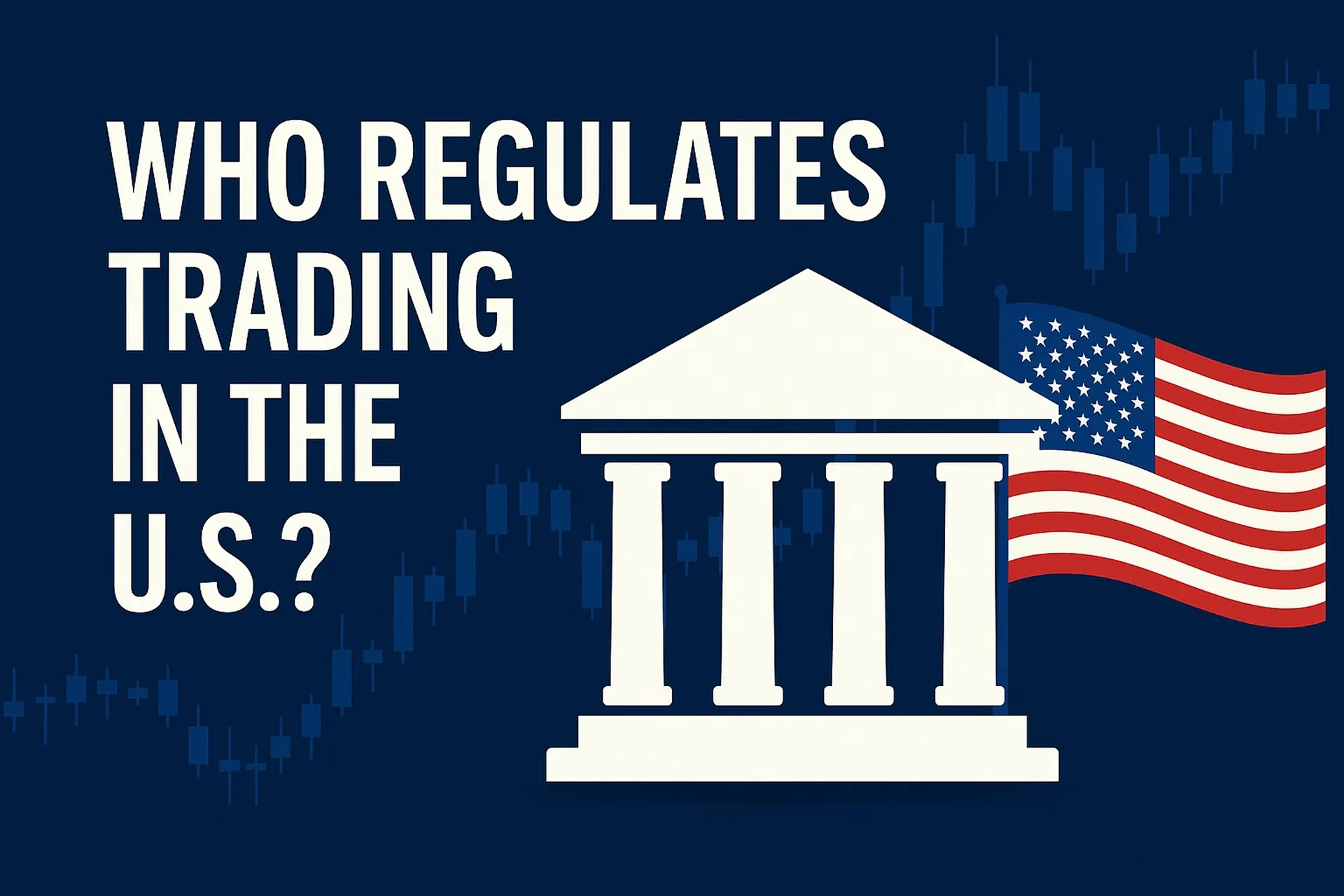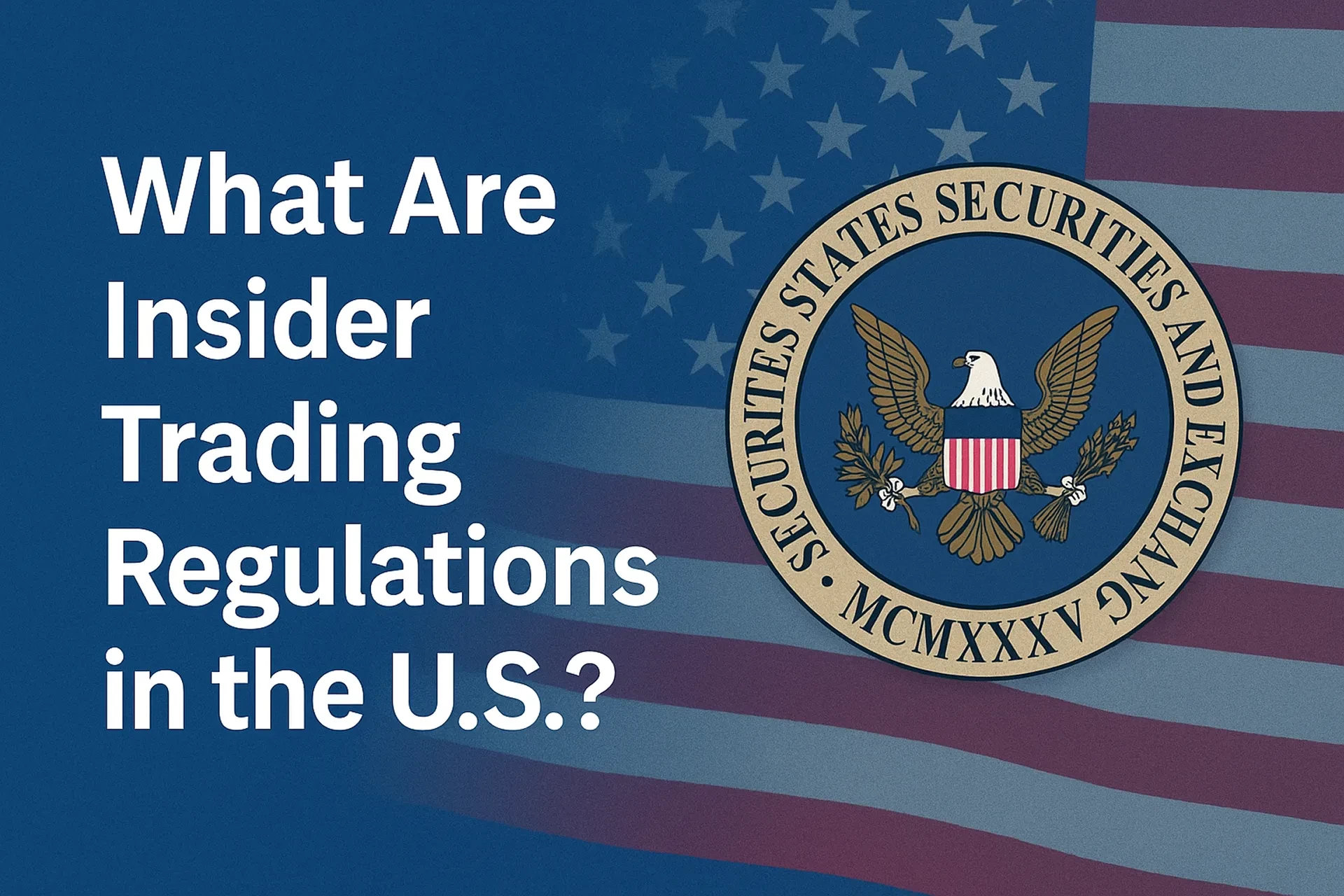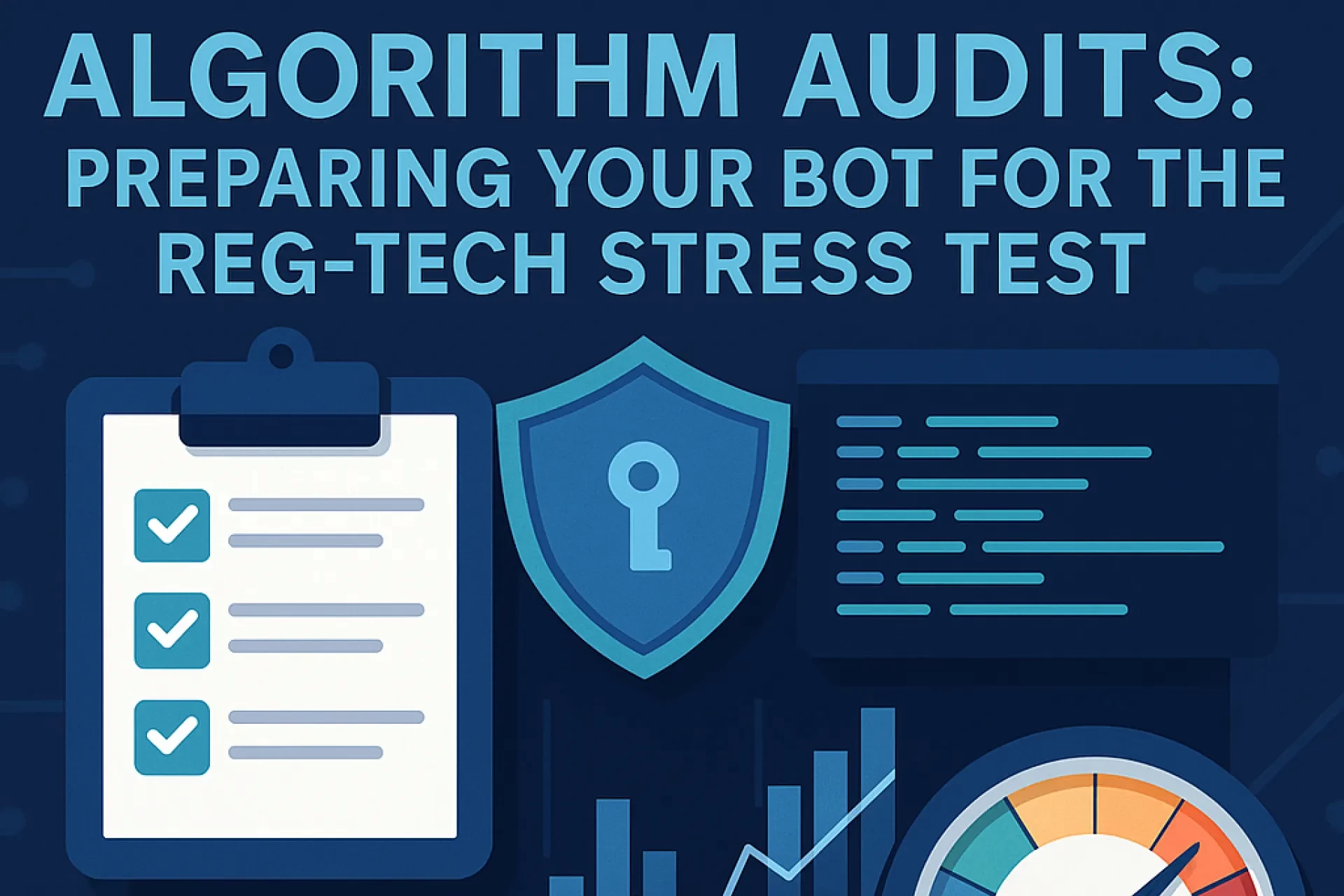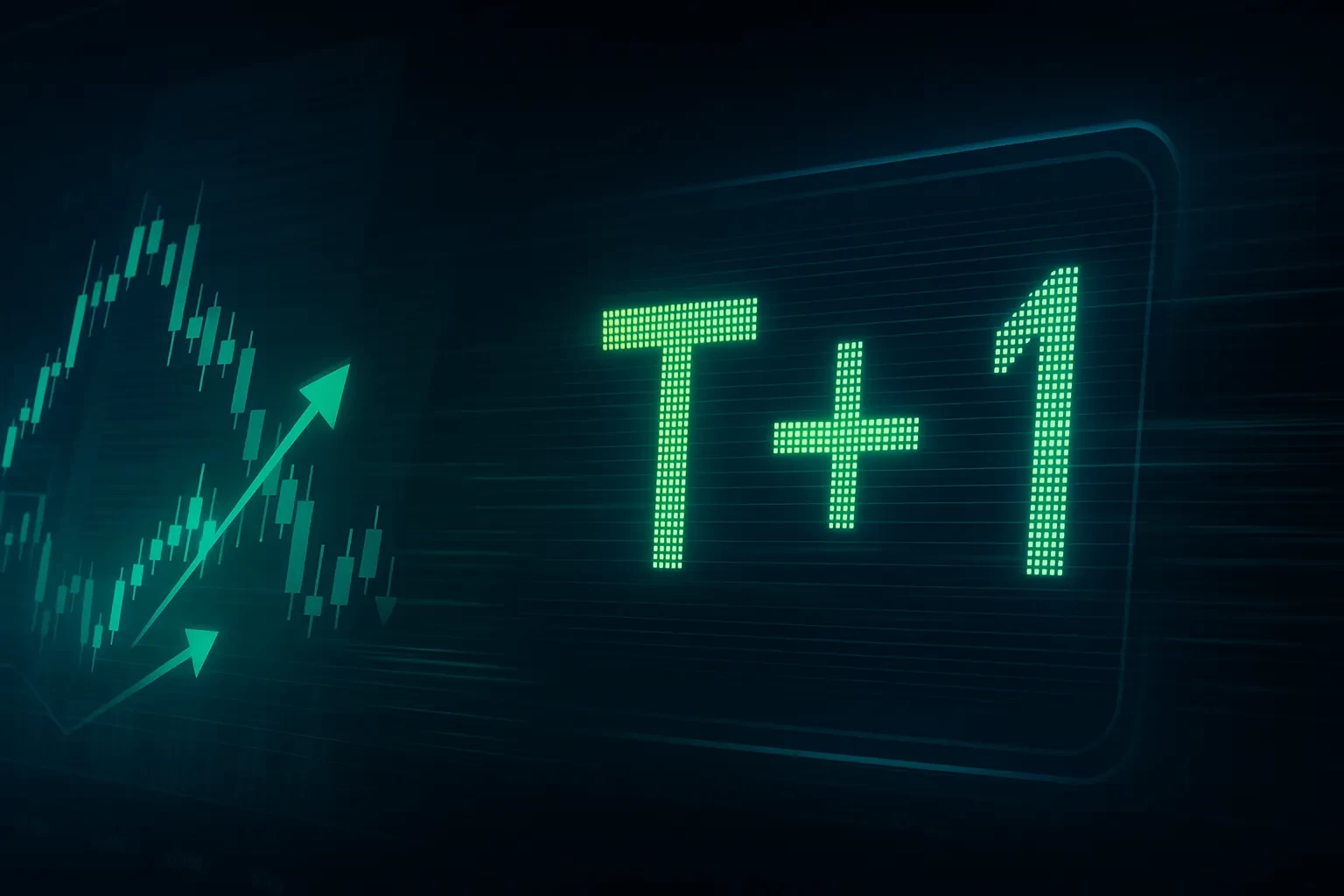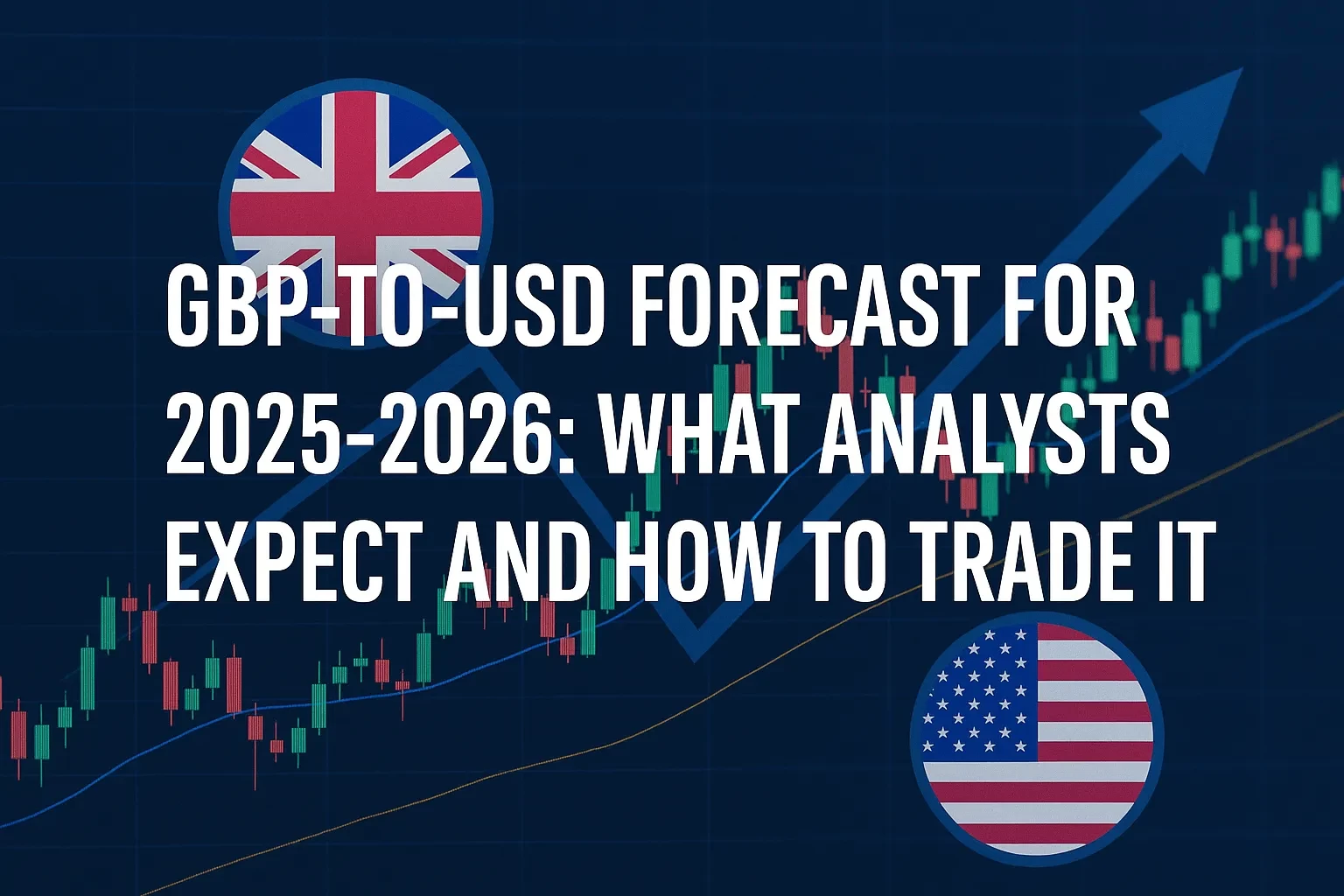Answer up front: To pass a modern “algorithm audit,” you need documented governance, data lineage, model risk controls, and kill-switch/limit guardrails that actually work under stress. Build your program around U.S. regulators’ 2024–2025 priorities—CFTC’s AI advisory, FINRA’s GenAI reminders, the SEC’s exam focus—and prove it with artifacts: test logs, code reviews, monitoring metrics, and remediation playbooks (CFTC, 2024; FINRA, 2024; SEC Division of Exams, 2024; NIST, 2024).
Disclosure: If this article links to vendors or tools, assume we may earn a commission at no extra cost to you. This doesn’t affect our recommendations.
Table of Contents
Why this matters now
Algorithmic and AI-assisted trading isn’t just about alpha; it’s a regulated system that must be safe, fair, and supervisable. In late 2024, the CFTC issued an AI advisory warning that poorly governed models can create Commodity Exchange Act violations (think hallucinated risk signals, unapproved parameter changes, or biased surveillance tools). In 2024, FINRA reminded broker-dealers that GenAI use must respect existing supervisory, books-and-records, and cybersecurity obligations. The SEC’s 2024 exam priorities specifically called out automated tools and trading algorithms as focus areas. And in 2025, the SEC formally withdrew several earlier proposals—including its “predictive data analytics” conflicts rule—signaling that examinations and existing obligations remain your near-term reality even as rulemaking resets. (CFTC, 2024; FINRA, 2024; SEC Division of Exams, 2024; SEC, 2025; Reuters, 2024).
What is an “algorithm audit” (in plain English)?
An algorithm audit is an evidence-based review of how your bot is designed, trained, tested, deployed, and supervised. It usually includes:
• Governance: Who can change code/parameters? How do you approve and log changes? (CFTC, 2024; NIST, 2024).
• Data & features: Where does input data come from? Is it permissioned, accurate, and bias-assessed? (NIST, 2024).
• Model risk: Validation, backtesting, stress testing, benchmark drift, and performance monitoring. (NIST, 2024; FINRA, 2024).
• Controls: Pre-trade risk checks, kill switches, throttle limits, and post-trade surveillance that actually trigger under duress. (FINRA, 2024).
• Supervision & records: Change tickets, approvals, runbooks, and logs sufficient for exams. (FINRA, 2024; NFA, 2025).
Jargon check:
• Model drift = your model gets worse because markets changed.
• Kill switch = hard stop that halts order submission immediately.
• Data lineage = the documented path from raw source to features the model uses.
• Stress test = a controlled scenario that pushes your limits (latency spikes, price gaps).
The Reg-Tech context: what U.S. supervisors expect in 2024–2025
• CFTC (futures/swaps): 2024 AI advisory highlights governance, testing, monitoring, and ensuring AI adoption complies with the CEA and CFTC rules. It’s explicit: the advisory is not a checklist—you must tailor controls to your risks. (CFTC, 2024).
• FINRA (broker-dealers): 2024 notice on GenAI reminds firms that existing obligations still apply (supervision, cybersecurity, communications, third-party/vendor oversight). (FINRA, 2024).
• SEC (advisers/broker-dealers): 2024 exam priorities include automated investment tools and trading algorithms. In 2025, SEC withdrew the “predictive analytics conflicts” proposal, so anticipate examiner questions grounded in current rules and your representations—not a brand-new rulebook. (SEC Division of Exams, 2024; SEC, 2025).
• NFA (futures/forex members): Ongoing and 2025 proposals emphasize diligent supervision and third-party oversight—core for bots that use outsourced data feeds or cloud tooling. (NFA, 2025; NFA, 2025).
• NIST (cross-sector, voluntary): 2024 Generative AI Profile (NIST AI 600-1) translates the AI RMF into concrete actions you can map to your trading stack: Govern, Map, Measure, Manage. (NIST, 2024; NIST, 2024).
The 7×5 Algorithm-Audit Framework (original)
Use this grid to self-assess. Each domain has 5 must-haves your examiner (or client) will expect to see.
1) Govern
• Documented model inventory (version, owner, purpose).
• Change management with approvals and dual-control for production deploys.
• Access controls: least-privilege for code, configs, and data.
• Third-party oversight: due diligence, ongoing monitoring, termination plans. (FINRA, 2024; NFA, 2025).
• Board/IC reporting: plain-English model summaries and risk metrics.
2) Map (data & features)
• Lineage from source to feature; refresh cadences documented.
• Data quality gates (nulls, outliers, timing).
• Licensing/compliance on market data and alt-data usage.
• Bias tests for GenAI-derived signals (e.g., LLM-generated news sentiment). (NIST, 2024).
• PII minimization: do you need it? If yes, protect it.
3) Measure (validation)
• Hurdle rates vs. benchmarks; sample-out backtests.
• Scenario & stress tests: latency spikes, exchange halts, fat-finger shocks.
• Adverse selection checks: do fills degrade at wider spreads?
• Overfitting screens: walk-forward and reality checks.
• Model risk rating: inherent × residual → action threshold.
4) Manage (controls)
• Pre-trade: max order size, message rate, price-band limits.
• Intraday drawdown: % NAV halt; per-symbol loss caps.
• Kill switch: human-in-the-loop + automated triggers.
• Post-trade surveillance: layering/spoofing patterns flagged.
• Incident runbooks with RACI, comms templates, and rollback steps. (FINRA, 2024).
5) Monitor (production)
• Drift dashboards (feature and performance).
• Canary deploys: shadow trading before go-live.
• Audit-ready logs: deterministic seeds, config hashes.
• Vendor SLAs tracked (uptime, latency, data freshness).
• Alerts with SLOs: MTTA/MTTR reported monthly.
6) Protect (cyber & misuse)
• Secret rotation, key vaults, and just-in-time credentials.
• Input validation to prevent prompt injection in GenAI pipelines. (NIST, 2024).
• Model card that lists forbidden use and safety constraints.
• Tamper-evident logs & immutable storage for investigations.
• Breach playbook aligned with Reg S-P/S-ID obligations (if applicable).
7) Prove (documentation)
• Validation reports with dates, datasets, and testers.
• Test artifacts: code, configs, seed states, and expected results.
• Decision memos for parameter changes.
• Exam binder: policies, org charts, training logs.
• Attestations from owners and control testers.
Step-by-step: run your own Reg-Tech stress test (in one sprint)
• Scope the bot and risks. Identify instruments, venues, order types, and dependencies (data vendors, LLM APIs). Map to CFTC/SEC/FINRA expectations and your membership (e.g., NFA) (CFTC, 2024; FINRA, 2024; NFA, 2025).
• Freeze a baseline. Pin model version, parameters, feature list, and data dates; hash the config.
• Design shocks. Pick three: (a) Liquidity hole (top-of-book depth −80% for 20 minutes), (b) Quote gap (±3% open), (c) Latency spike (p95 → 5×).
• Run forward tests on a holdout window; then paper-trade live for 1–2 weeks.
• Trip the brakes intentionally. Force drawdown limits and price-band breaches. Confirm kill switch fires and cancels resting orders.
• Collect artifacts. Export decision logs, latency charts, breach timestamps, and operator acknowledgments.
• Hold a red-team review. A separate engineer tries to bypass guardrails (e.g., pushing a hotfix without approval). Document the outcome and fix.
• Close with attestations from model owner, compliance, and tech ops. Store everything in your exam binder.
A simple math check you can show an examiner (original)
You cap intraday loss at 1.75% of strategy NAV and per-symbol loss at 0.6%.
• If NAV at the open is $12,000,000, then max intraday loss = $210,000 (= 0.0175 × 12,000,000).
• With 7 active symbols, per-symbol cap = $72,000 (= 0.006 × 12,000,000), but your global cap is smaller, so your effective combined cap is min(7 × 72,000, 210,000) → $210,000.
• You implement a tiered halt: at $140,000 cumulative loss you begin throttling (50% order rate), and at $210,000 you trigger a kill switch.
• Your audit artifact is a screenshot + log showing: breach at 10:43:18 ET, throttle at 10:43:19, kill at 10:43:22, all cancels confirmed by 10:43:26.
This makes your risk policy measurable, not aspirational.
One-table view: controls → evidence → metrics
| Control | Evidence an examiner can read | Metric you should track |
|---|---|---|
| Pre-trade price-band | Config file with ±% bands by symbol; unit test | % rejected orders that hit bands; false-reject rate |
| Message-rate throttle | Rate-limit middleware log; chaos test run | Max msgs/sec vs. SLO; time in throttle |
| Kill switch | Manual + automatic trigger logs; cancel-ack feed | Time to cancel all (p95); residual exposure |
| Model validation | Report with holdout dates, benchmarks, and drift tests | Rolling Sharpe vs. benchmark; PSI/KS per feature |
| Vendor oversight | Completed due-diligence checklist; SLA reports | Feed uptime; median latency; alert count |
Takeaway: For every control, keep readable artifacts and operational metrics—that combination is what passes audits (FINRA, 2024; NFA, 2025).
Pros, cons, and how to de-risk
Advantages
• Lower blow-up risk via enforced limits.
• Faster incident response with rehearsed runbooks.
• Easier vendor management and contract renewals (you can show real metrics).
Trade-offs
• Over-throttling can starve alpha.
• Validation debt accumulates if you ship models faster than you test.
• GenAI-assisted research introduces data-quality and provenance issues (NIST, 2024).
Mitigations
• Calibrate limits from risk-of-ruin math (see earlier example).
• Shadow deploy new models; flip traffic gradually.
• Adopt the NIST AI RMF “Govern-Map-Measure-Manage” loop for continuous improvement (NIST, 2024).
Practical mini case study: “The silent spread-widening”
Setup: Your mid-cap equities bot does mean-reversion with LOB features. In paper trading, it showed a net fill slippage of −3 bps. In production week 1, slippage worsens to −11 bps during the 9:30–9:37 ET window.
Root cause: A vendor changed the NBBO consolidation path, adding +10–15 ms on half your symbols. Your model relied on precise queue position; latency made you systematically pay the spread.
Audit-proof fix:
• Detection: Monitoring dashboard flagged p95 latency 2.3× on symbols A–D; feature drift detected as queue_depth decoupled from arrival_rate.
• Response: Fail-open throttled message rate by 35% and paused new entries; compliance notified.
• Remediation: Vendor SLA invoked; you switched to the backup feed and re-tuned price-bands for open minutes.
• Evidence: Incident ticket with timestamps, chart exports, vendor comms.
This narrative aligns with 2024–2025 expectations on vendor oversight and supervision (FINRA, 2024; NFA, 2025).
Common mistakes (and expert fixes)
• Mistake: Treating GenAI as a black-box signal with no provenance.
Fix: Record prompts, model IDs, temperature/seeds, and output filters; assess hallucination rates against ground truth (NIST, 2024).
• Mistake: “We’ll find the logs if we need them.”
Fix: Make logs immutable, time-synced, and queryable; rehearse retrieval before exams.
• Mistake: Overfitting to backtest regimes.
Fix: Use walk-forward validation and pre-registered hyperparameters; document changes with rationale.
• Mistake: Ignoring third-party/fourth-party risk.
Fix: Map your critical vendors; baseline SLAs; test failover quarterly (FINRA, 2024).
Compliance bodies and what they’ll ask first
• CFTC (derivatives): “Show me how AI adoption was reviewed for CEA/CFTC compliance. Where are your tests, controls, and governance records?” (CFTC, 2024).
• FINRA (broker-dealers): “How do GenAI and algorithmic tools fit within your supervisory system, communications policies, and cyber program?” (FINRA, 2024).
• SEC Division of Exams (advisers/brokers): “You use automated tools—walk us through testing, disclosures, and conflicts management.” (SEC Division of Exams, 2024).
• NFA (futures/forex members): “Prove diligent supervision—including for outsourced services—and show your written framework.” (NFA, 2025).
Regulatory note: In June 2025 the SEC withdrew several pending proposals, including the predictive analytics conflicts rule. Don’t wait for new rule text—exams will rely on existing obligations and your own policies. (SEC, 2025; Proskauer, 2025).
FAQ
Plain-English risk disclaimer
Trading—manual or algorithmic—involves risk of loss. No model or control eliminates market, liquidity, operational, or model risk. Past performance does not guarantee future results. Use this guide for educational purposes and consult counsel or compliance professionals before deployment.
Conclusion: your next 10 days
• Day 1–2: Build a one-page model inventory and freeze your current production config.
• Day 3–4: Map data lineage and complete a vendor oversight checklist (SLAs, failovers).
• Day 5: Design and run three stress scenarios; attempt to trip kill-switches.
• Day 6: Draft a validation memo (methods, datasets, results, limits).
• Day 7: Stand up dashboards: drawdown, latency p95, reject rates, drift metrics.
• Day 8: Hold a red-team change-management drill; fix any bypass paths.
• Day 9: Train staff on runbooks; capture attestations.
• Day 10: Assemble your exam binder and book a quarterly review.
• Ongoing: Align with NIST AI RMF (GenAI Profile) and 2024–2025 regulatory guidance; track remediation to closure. (NIST, 2024; CFTC, 2024; FINRA, 2024; SEC Division of Exams, 2024).
